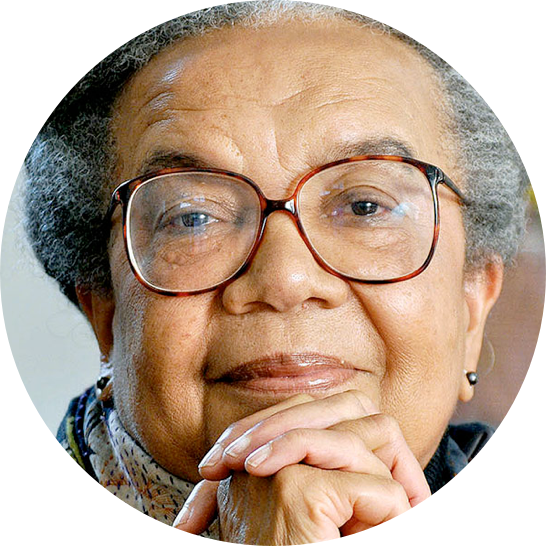Fifty years after Children’s Defense Fund (CDF) was founded, some of CDF’s marks of impact go all the way back to the beginning—including CDF’s first report, Children Out of School in America. Children Out of School in America built on a Massachusetts task force’s local research on children who were not enrolled in school in Boston. CDF staff examined official federal and state data, and from that analysis determined there were two million children nationwide who were out of school for at least three months, including 750,000 children between 7-13 years old. But there was no clear information on who these children were and why they were at home. To learn more, CDF staff knocked on 8,500 doors in 30 census tracts in nine states to find families whose children were not in school and ask them why not.
One of the colleagues knocking on doors was a young lawyer named Hillary Rodham, later First Lady, Senator, and Secretary of State Hillary Rodham Clinton. Another was MaryLee Allen, who went on to anchor CDF’s policy work for more than 40 years, while the data analysis and follow-up survey were designed by longtime CDF director of research Paul Smith. CDF learned that a large number of the 7-13-year-olds who were at home were children with physical, emotional, or learning disabilities. Another large group were children who had been pushed out by discipline policies and never returned to school. In Holyoke, Massachusetts, we found children who had recently moved from Puerto Rico staying home when it got cold because they had no winter coats. In a rural Maine community we found children who couldn’t afford the local school district’s transportation fees and were unaware that the state would reimburse the local district for transportation costs. In other states like Kentucky the key barriers were book fees. In Children Out of School in America, CDF summed up the many documented problems and the eventual conclusion:
“If a child was not White, or was White but not middle class, did not speak English, was poor, needed special help with seeing, hearing, walking, reading, learning, adjusting, growing up, was pregnant or married at age 15, was not ‘smart enough’ or was ‘too smart,’ then, in too many places, school officials decided school was not the place for that child. In sum, out of school children shared a common characteristic of differentness by virtue of race, income, physical, mental or emotional ‘handicap,’ and age. They were for the most part, out of school not by choice but because they had been excluded. It is as if many school officials had decided that certain groups of children were beyond their responsibility and were expendable. They excluded them arbitrarily, discriminatorily, and with impunity.”
Following that 1974 report, CDF and others worked together to push Congress to pass legislation in 1975 that for the first time gave children with disabilities the federal right to a free, appropriate public education—the Education for All Handicapped Children Act, now the Individuals with Disabilities Education Act, or IDEA. It was an early victory affirming the beliefs that no child is expendable, every child deserves a right to learn, and no child should be excluded from the indispensable lifeline of education. The battle to make these beliefs real for every child and youth, including the need to reform discipline policies that push students out, would continue. But it was, and remains, an essential battle to fight. Every child and youth today still deserves an education that allows them to reach their full potential.

